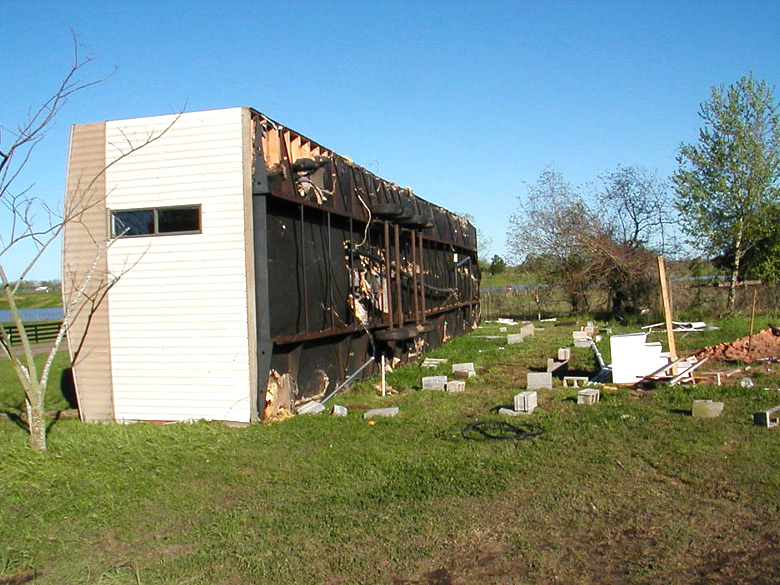Storms are unpredictable. Can your manufactured home survive the next big windstorm or earthquake without serious damage? This article will discuss things you can check or do to help minimize serious damage in case of a natural disaster.
Minimizing Movement
In areas of earthquakes, homes suffer great damage when they fall from their blocks or piers damaging their support system or attached structures. If you live in an area prone to earthquakes, your best defense against your home falling off it’s piers is to install a support system designed to prevent or minimize the home from moving. In a nutshell, this means bolting your piers to the footing and to the main beams of the home (see illustration).
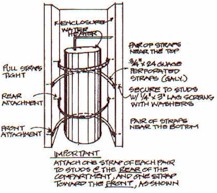
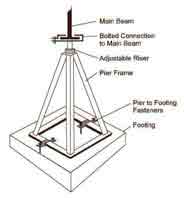
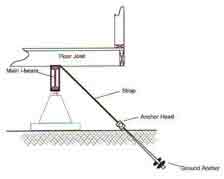
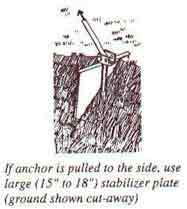
ILLUSTRATION ABOVE: Piers should be secured to their footings and to the main beams of the home.
Our next line of defense against the home moving during an earthquake or wind storm is proper anchoring. Anchors should be driven all the way into the ground with only the head showing to minimize flexibility of the anchor shaft. Plus, the anchors should be installed at an angle towards the home or installed with a stabilizer plate for those that angle any differently. And according to HUD, the anchors should be installed on all four sides of the home in earthquake areas, while installation along the two long sides is OK for other areas. On average, anchors should be spaced 8′ apart starting no more than 2′ in from the end.
Of course, no amount of bracing or anchoring may prevent a home from toppling during a really severe earthquake or storm. That’s why a homeowner should insist that the hitch and axles be left underneath the home. If the home would to ever topple, it wouldn’t drop as far and putting the home back up on its blocks would be a much easier task.
Safe Utility Connections
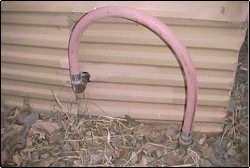
One of the most common reasons a fire starts in a manufactured home during a natural disaster is because the gas water heater tipped over, breaking or damaging the gas line. Although most likely to happen in earthquake-prone areas, it can happen anywhere. And homes with an outside access to the water heater are most susceptible. To prevent this, all water heaters should be strapped in place. Even if you don’t have a gas water heater, your home could suffer great damage if a tipped water heater broke or damaged a water line, spraying hundreds of gallons of water into your home. It’s a good idea to strap any large appliance in place.
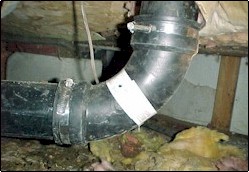
Although now code in most areas, the gas line connecting your home to the meter or gas supply should be a 6′ minimum flexible gas line. The same should be said for water and sewer lines. You want to use flexible utility connections to minimize damage if your home would ever fall or even experience normal settling.
A lot more information is available on the subject of anchoring, foundations, earthquake bracing systems and other setup issues.

